Get To Know the Different Varieties of Furs
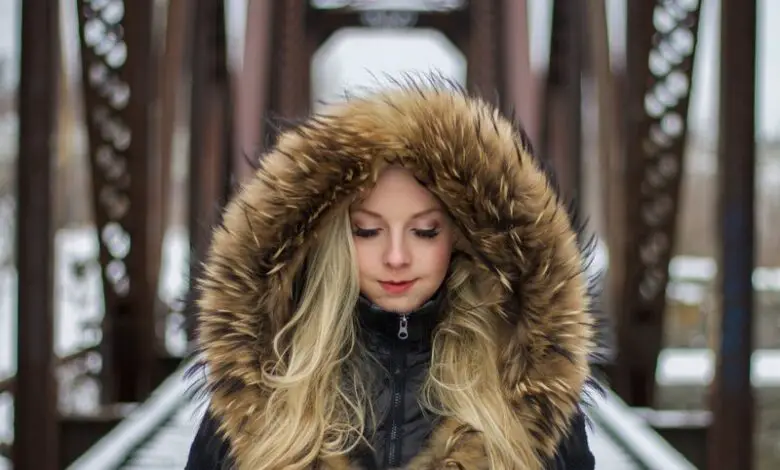
Fur garments and accessories are a timeless luxury addition to any wardrobe. Fur coats for women are popular from ages, as are designed in innumerable styles. Most women get totally delighted when someone gifts them fur garments.
It doesn’t matter if you are looking for a sporty and ultra-soft rabbit fur vest, an elegant and classic mink fur, or a romantic and rustic raccoon fur jacket. They are easily available at authentic online stores like Aria-Moda.com. The company has been dressing women since 2013 with handmade beautiful fur coats, vests, jackets, ponchos, and parkas. They deliver fur to more than 225 countries across the globe.
Different varieties of fur used to design fashionable garments
Beaver fur
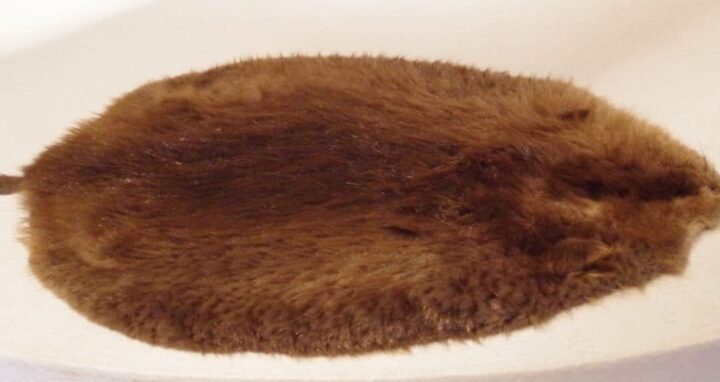
This type of fur has been popular since centuries. Beavers are marine creatures having harsh but shiny and straight hair. Even the fur on their belly is dense and bushy. They are popular because they are available in a range of natural colors and shades. Many of them have shiny gold or pale brown shades on the sides.
Beavers are found in cold regions like Alaska, Canada, and Some states in the Northern part of the US. There are some types found in the southern regions, but the quality of their furs are not as smooth and long like the ones that are found in the north. Southern beaver furs are comparatively cheaper.
Natural beaver furs are quite different from other types. They have nice and shiny golden hair, and are longer too. They are also quite tough, which explains why they are used extensively in designing coats and garments for rugged men.
Sheared beaver
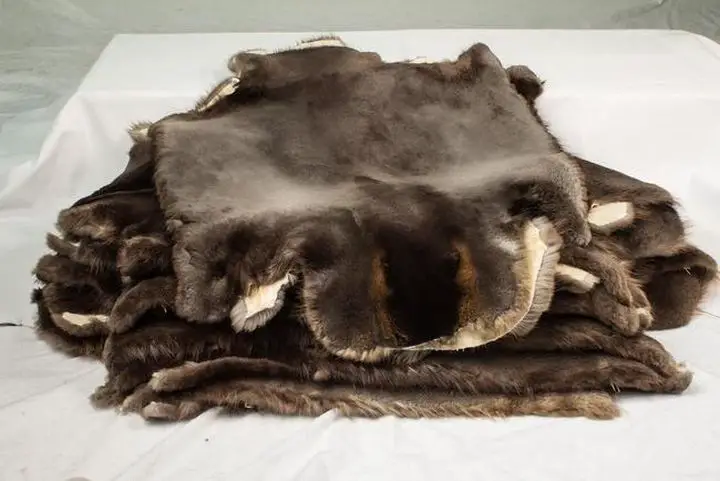
This type is also known as plucked beaver furs. They can be tinted to different colors like white, beige, or brown. However, they are not as durable as the ones with natural color, and will require proper care. They can lose their gloss and tint with overexposure to moisture.
Chinchilla fur
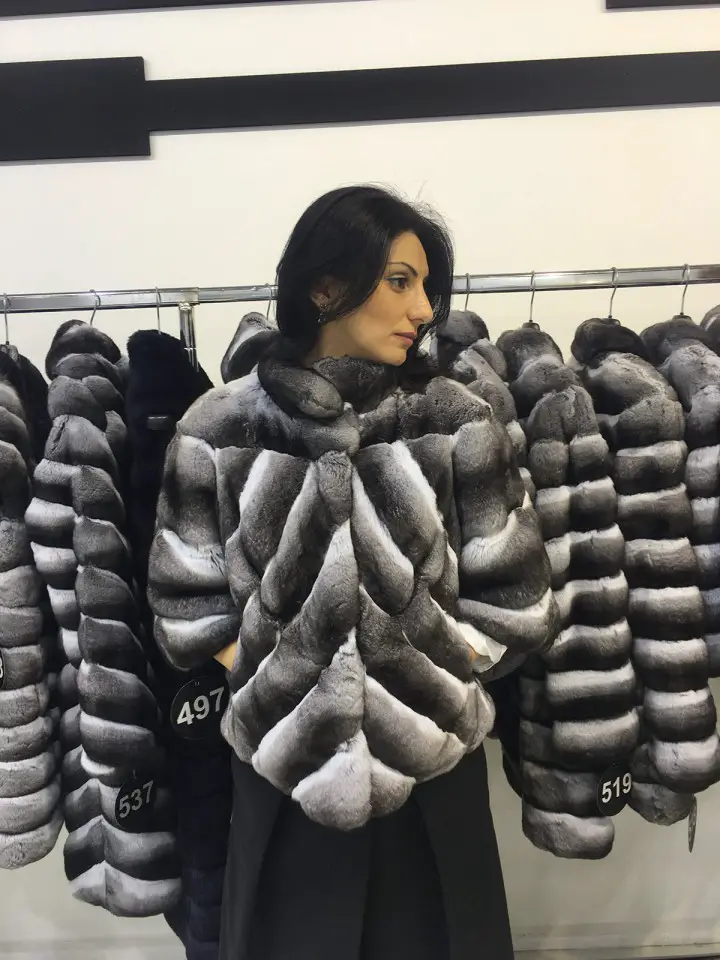
Rodent’s called Chinchillas are inhabitants of South America’s High Andes. Indian tribes ‘Chincha’ used the rodent’s hair to make cloth. The practice was later followed by the Incas and then by the Spaniards. In 1914, Chinchillas soft blue & grayish colored fur became famous across Europe.
Even today, there are many ranches that raise Chinchillas for harvesting fur. Unlike us humans who develop only one strand of hair, these animals can develop 50 strands in just 1 follicle. The high density of their fur makes it nearly impossible for the parasites to penetrate and breed, as it can cause suffocation.
They mostly have silvery gray fur on the top with the darker shades on the belly. Some of them also have blue tints. The workmanship on these furs is difficult because of their soft nature, which explains their high costs. The finished products are lightweight, warm, and require minimal care.
Coyote fur
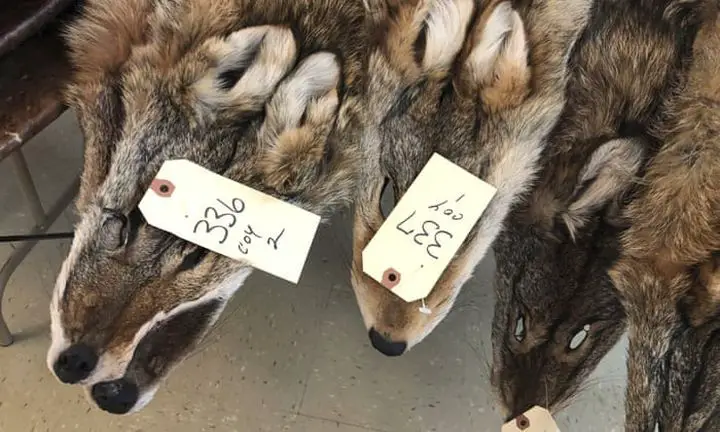
Coyotes are natural predators that feed on farm animals and livestock, but they were not traditionally raised or hunted for furs. However, they have slowly become an excellent source for sourcing affordable furs. It is strong but makes exquisite and soft trims for the cuffs and collars. Its thick density is ideal to design coats, blankets, and hats.
Fox fur
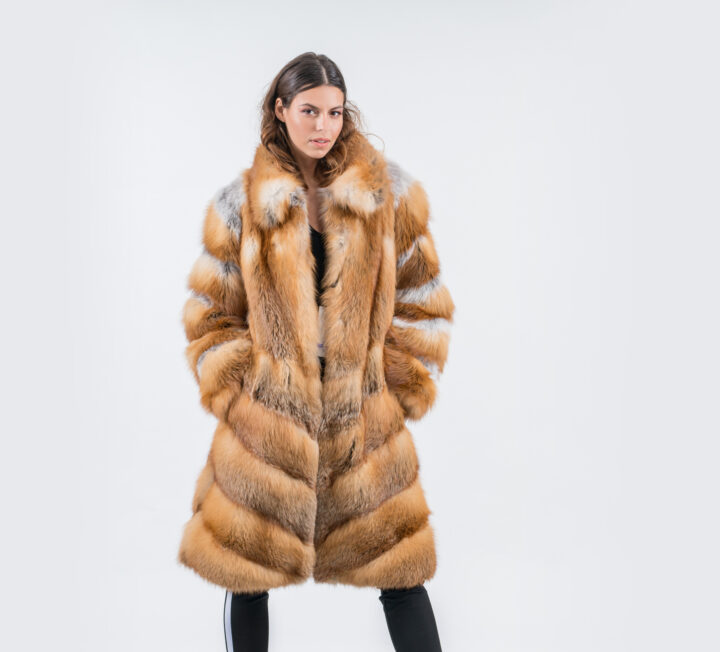
The thing about foxes is that they come with a wide range of fur shades. They are also cross-bred in ranches, which have made it possible for mutations and new verities. They have natural long hairs, but the furs require routine care to maintain their suppleness and softness. The price tag of fox fur garments depends mostly on the breed of fox. For example – Platina fox furs are more expensive than the ones of red fox.
- Cross fox – The head and neck area of these read and yellow furred foxes have a unique design. Cross-bred ones naturally grow with a mix of black and red furs.
- Blue fox – These have predominantly blue shades with brown and white highlights.
- Corsac/Kitt fox – The fur is gray shade.
- Gray fox – It has silvery gray shade with few hints of red.
- White fox – It has a glamorous blue shade, and is bleached during the manufacturing process
- Red fox – It has robust red fur with silky touch, and is common in North America.
- Silver fox – It has bluish black shade. The tip of the tail is white.
- Platina fox – It is reared in Norway. It has a well-lit platinum color fur.
Mink
Almost all women desire at least 1 mink coat in their wardrobe. These are a type of weasels that are raised at ranches. They are also cross-bred to find mutations with new colors and better fur texture. They are highly durable and can easily last for more than two decades with proper care.
- Natural ranch mink
- Mutated mink
- Restored mink
Sheep/lambskin
The fur of lamb is either short or long, depending upon the breed. The hair pattern is wavy, flat, or curly. Different kinds of lambskin are used and each has its unique color and characteristic.
- Mongolian lambskin
- Tibet lambswool
- Mouton lambskin
- Shearling sheepskin
- Persian lambswool
Raccoon
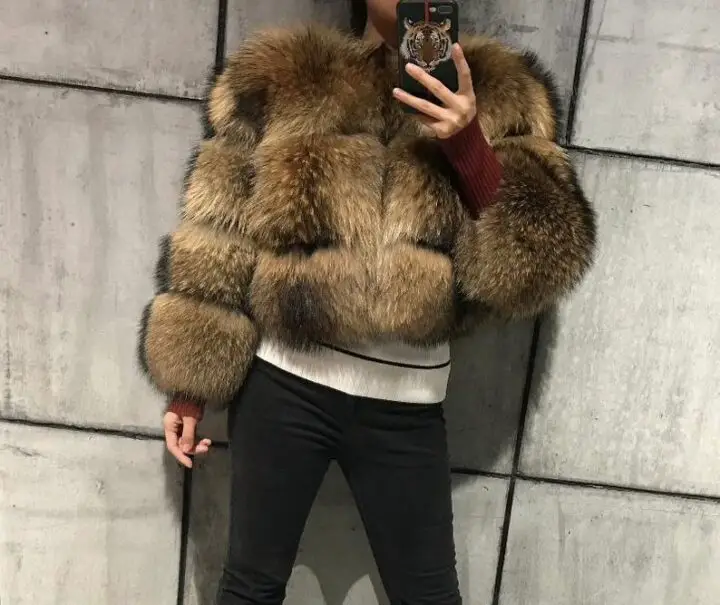
The raccoon fur has a thick and fluffy texture, which make an ideal choice for designing winter clothing and fashion. They are usually used for designing coat collars and tuxedo trims. Sheared raccoon coat will need additional care to protect it from losing its sheen.
Skunk
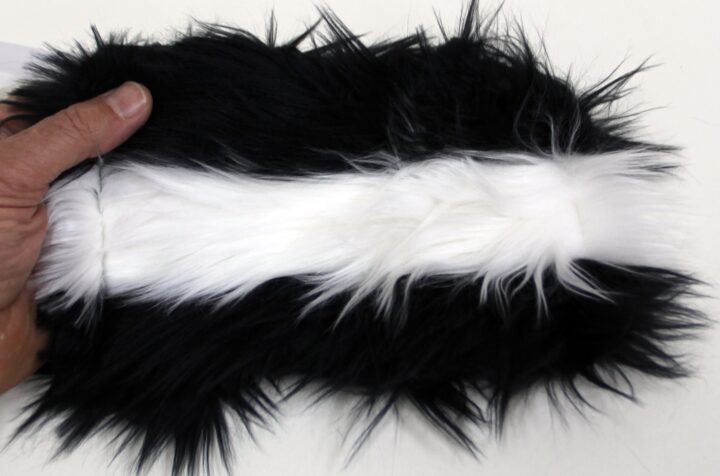
The South American skunks have a distinctive striped design with alternating back and white furs, but there are a few varieties with full black furs.
Rabbit fur
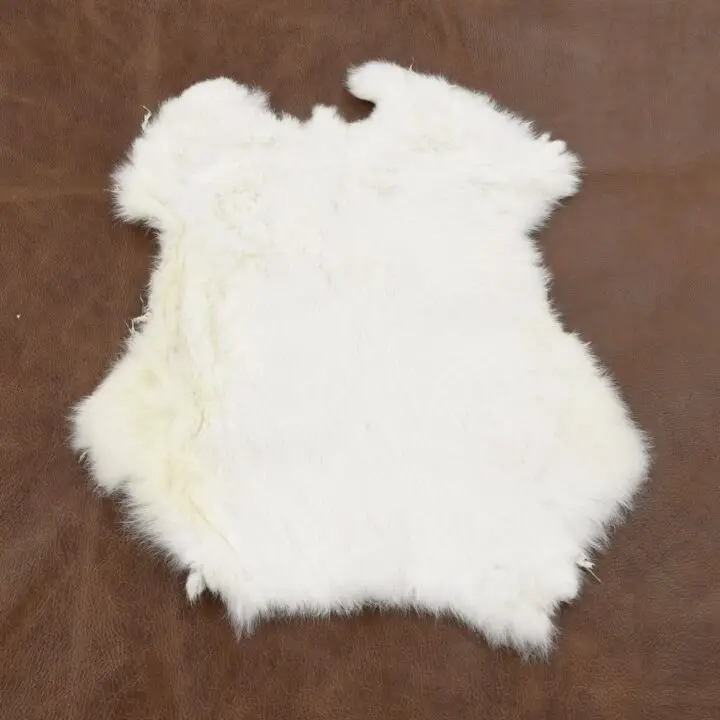
They are quite light but they give pleasant warmth. Even though they are comparatively inexpensive, they do resemble costly Chinchilla fur. If you are looking for an affordable fur coat with a sporty look, you must check out the rabbit collections.
Rabbit fur is left natural or sheared, plucked, and dyed to make it look like other ones. Rex Rabbit is distinct from regular ones as it is raised exceptionally. There is no protuberant guard hair in its fur, which means you get a thicker, silkier one similar to the mink fur.
